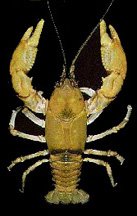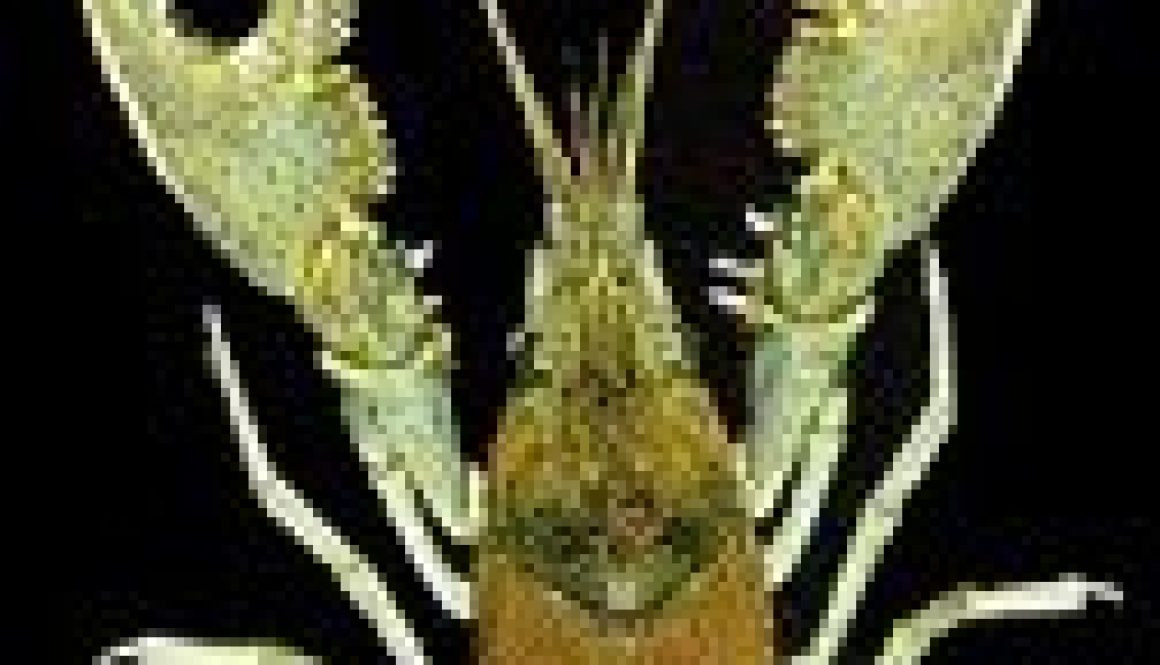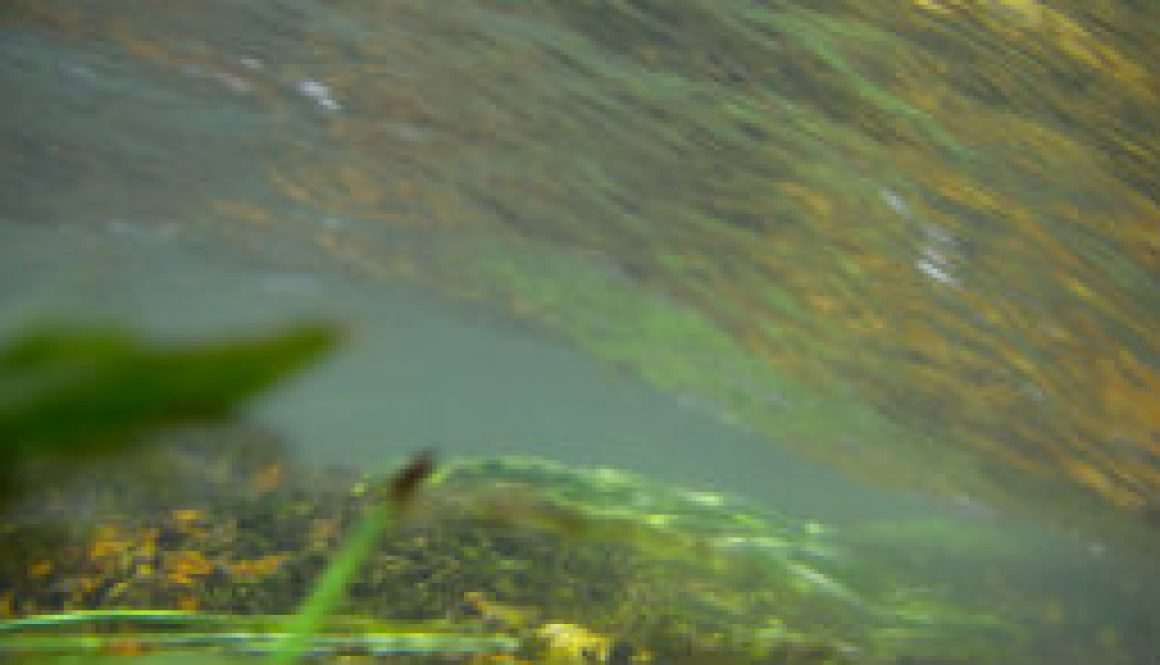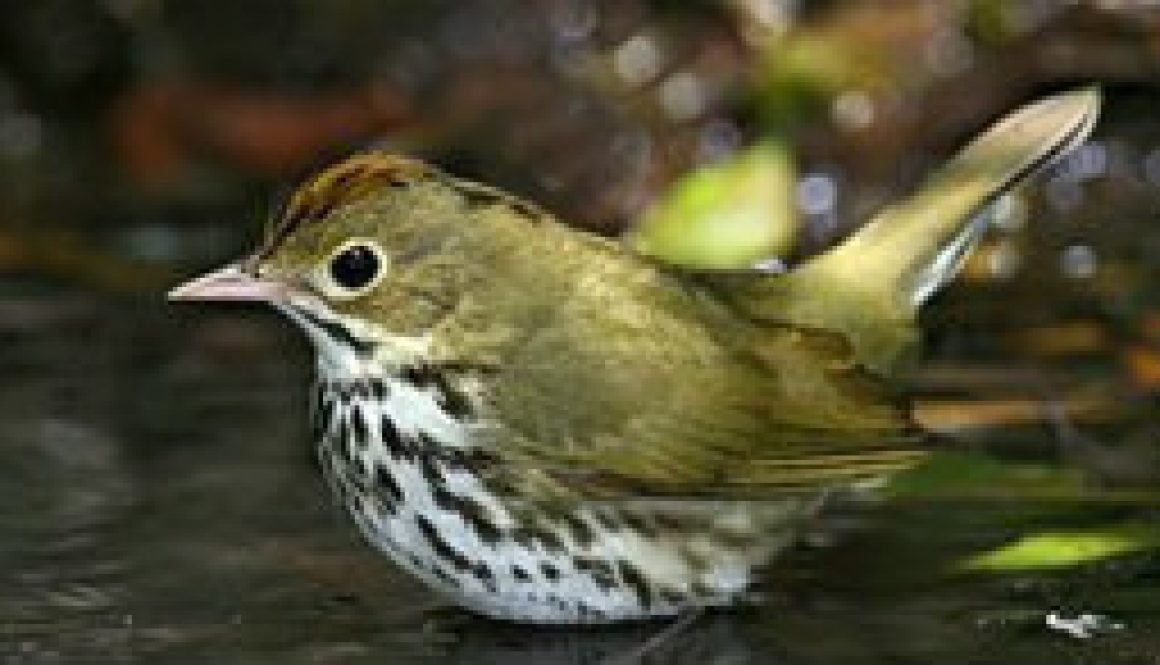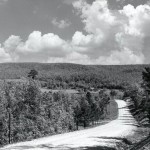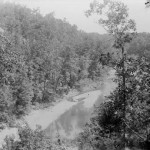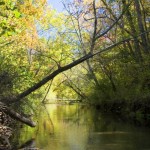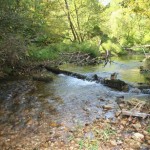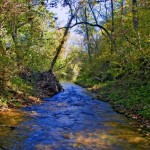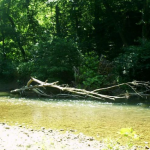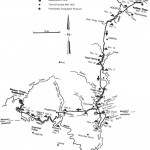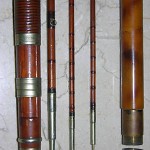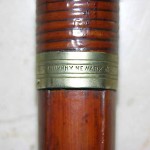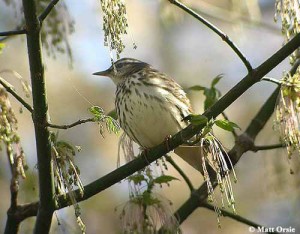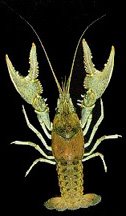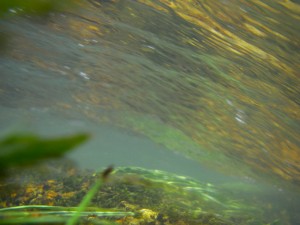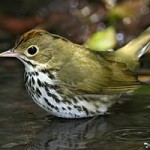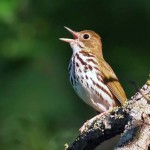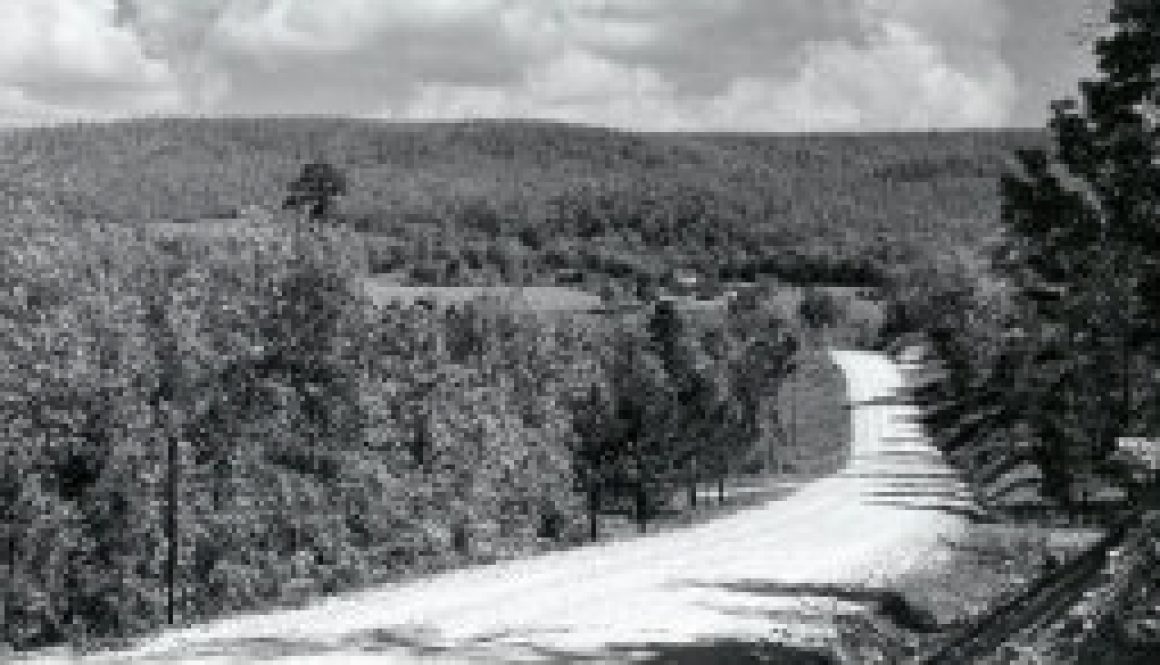
Blog Archive
Steve’s Blog

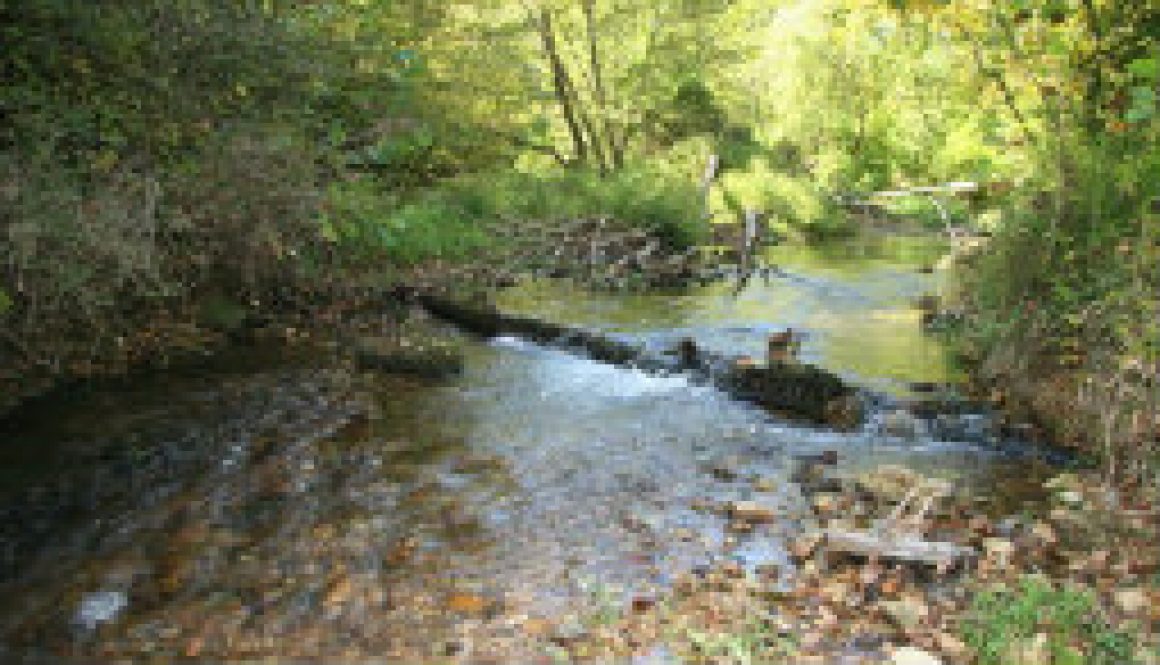
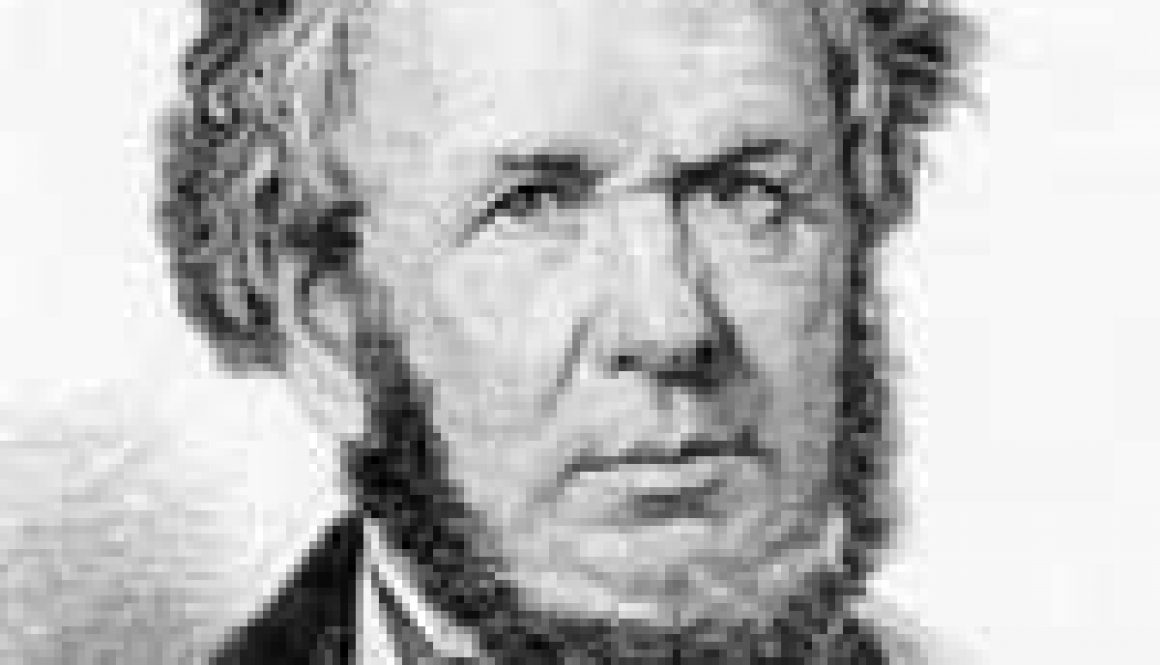
Henry Rowe Schoolcraft explores the North Fork in November 1818
Click to enlarge
Thursday Nov. 5, 1818: “I begin my tour where other travelers have ended theirs, on the confines of wilderness…”
Schoolcraft called the North Fork “the Limestone River” because of all the limestone in the river valley. He wrote that the river was “wholly composed of springs” flowing pure, cold, and clear water. Schoolcraft visited Topaz Spring, which feeds the North Fork River and later became the site of a water mill for settlers. Schoolcraft called it Elkhorn Spring because he found an elk horn there.
Saturday, Nov 21, in the valley of the North Fork: “The bottom-lands continue to improve both in quality and extent, and growth of cane is more vigorous and green, and affords a nutritious food our horse. The bluffs on each side of the valley continue, and are covered by the yellow pine.”Schoolcraft and his companion saw flocks of turkey and ducks, as well as a great many deer, squirrels, and beaver. Bear and elk were also common. And the rivers were deep. Once, they found a place to cross the North Fork that they thought was only two or three feet deep. The water was so clear that what looked easy to wade turned out to be so deep that their pack-horse fell in and had to swim across. The water spoiled or damaged much of their provisions of meal, salt, sugar, tea, and powder for their guns. Soon after they were lucky to find a trail that led to a cabin where a settler family gave them food. The diet of the settlers they found was composed of meat from wild animals and meal ground from corn grown by their cabins.
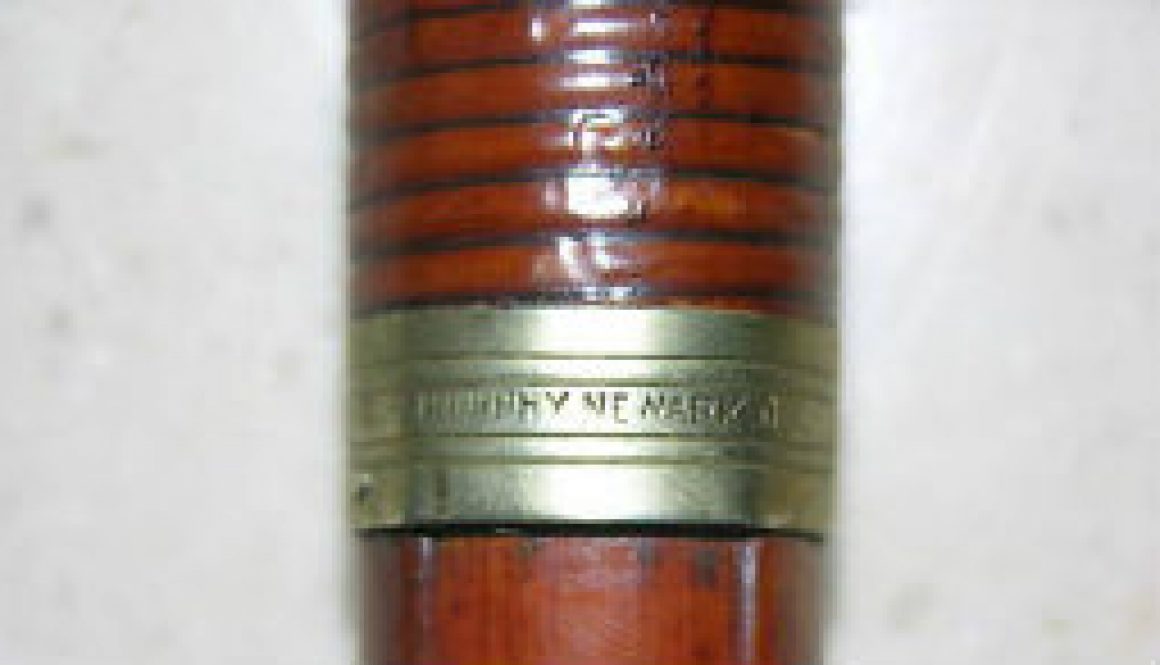
Old tackle – C. F. Murphy Trout Fly Rod; 1862-1863
Click to enlarge
Charles Murphy was one of the earliest American rod-makers to work with bamboo. No matter who made the first one, most people agree that Murphy was probably the first maker to build a rod with all sections made from 6-strip bamboo and also the first rod-maker to produce 6-strip rods for sale in the commercial marketplace. Only 15-20 of the 200 rods Murphy made are know to exist.
He was a colorful Irishman, a professional firefighter in New York City, and a consummate woodworker. He moved to Newark, NJ in the late 1850s. In part, it’s hard to tell who did what first, because Murphy, Ebenezer A. Green, Thaddeus Norris, Samuel Phillippe, and J.C. Conroy and even William Mitchell lived reasonably close together and visited each other’s workshops.
Marty Keene first discovered some very early 6-strip rods with unusual, tiny cupped areas in the shaft above the grip. Other rods have what A.J. Campbell referred to as 12 mysterious blackened pin pricks in the same area. That one is no mystery. Early rod-makers would plane their hardwood rod sections on a special plank that had 1-2 sharp-pointed thin nails driven through from the bottom side of the plank. You simply pushed your rod section down onto the nail to keep it from sliding during two-handed planing. The black pin pricks are shown here.
From the Steve Patten collection.
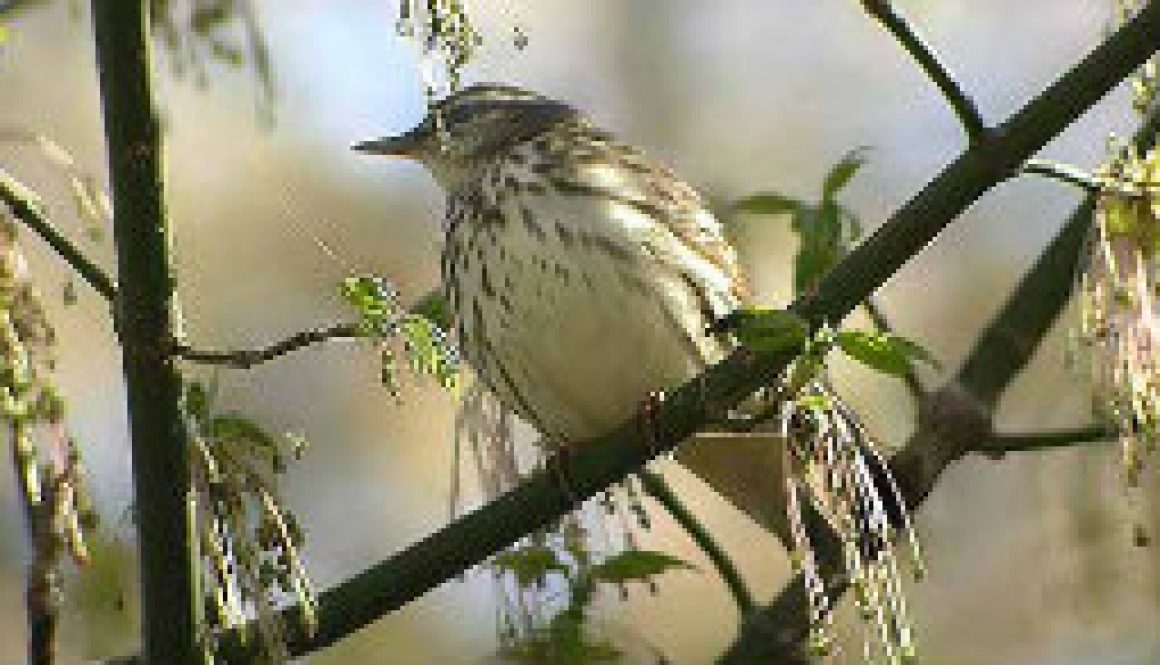
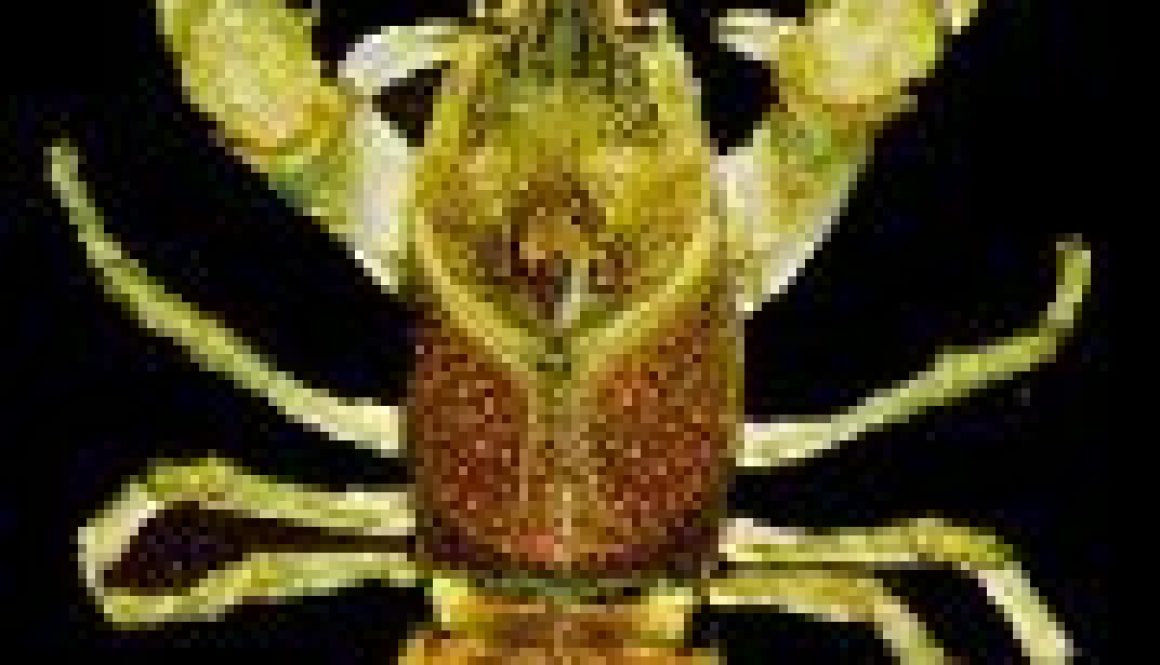
Crawfish of Missouri – Coldwater Crayfish
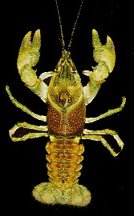
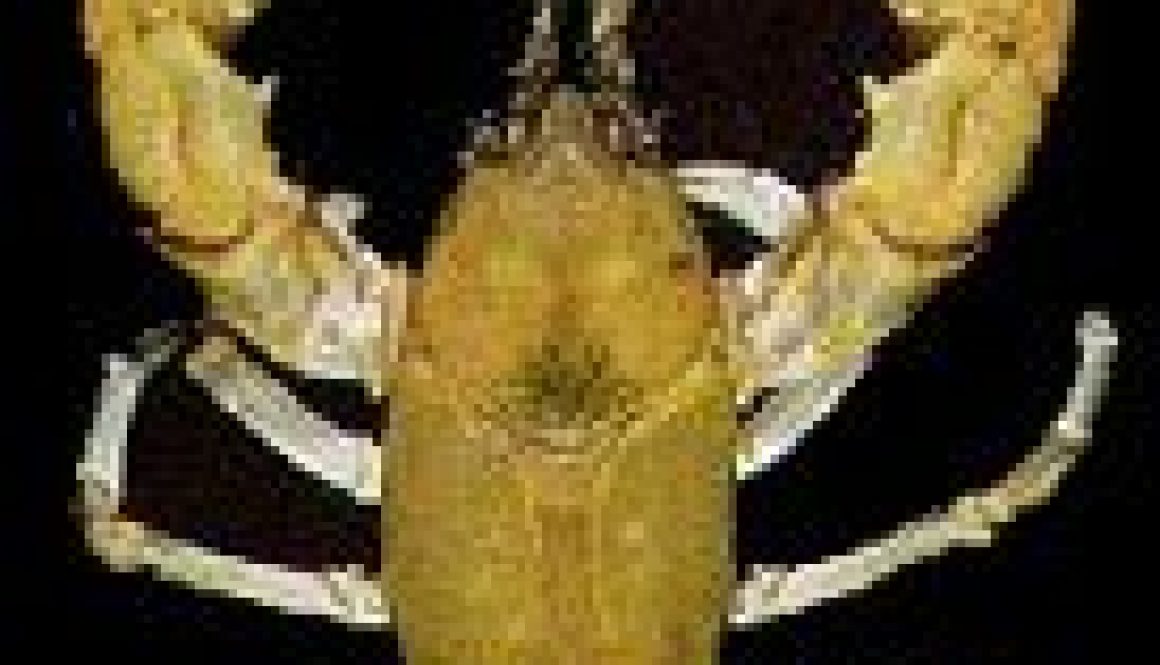
Crawfish of Missouri – Hubbs Crayfish
